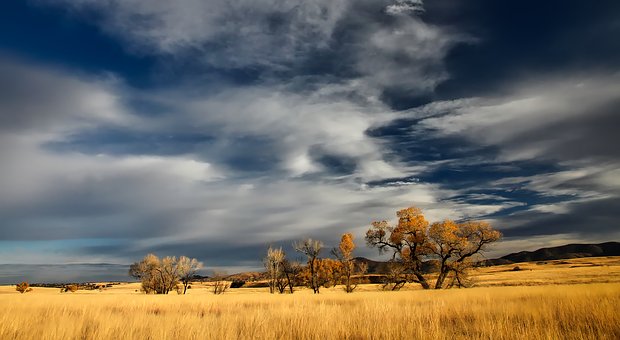 Those horizon-spanning cookie-cutter fields of corn, soybeans and wheat produce needed food crops, but they don’t do much for Earth’s biodiversity.
Those horizon-spanning cookie-cutter fields of corn, soybeans and wheat produce needed food crops, but they don’t do much for Earth’s biodiversity.
A new global study co-authored by a University of Guelph ecologist suggests how farmers can feed the world and sustain their livelihoods while helping to preserve valuable grasslands whose acreage is increasingly being eaten away by agricultural production.
“Most human activity homogenizes the landscape,” said integrative biology professor Andrew MacDougall, part of an international research team whose study was published this week in Nature Ecology and Evolution.
He said the study suggests that, by balancing food production and environmental protection, farmers can “grow farm diversity for economic benefit as well as more environmental sustainability. It’s a win-win.”
Healthy ecosystems including ever-shrinking grasslands worldwide need a diverse mixture of plants across the landscape, according to the study.
Based on fieldwork by researchers in 15 countries on five continents, the report calls for growing lots of different plants at two scales — both in single locations and in many sites dotted across entire landscapes.
From small-scale experiments, researchers already knew that less diverse plant communities, including monocultures such as farm crops, are less productive and more unstable than communities with more kinds of species.

This new study is the first to show that “the more the merrier” also applies across entire fields and larger landscapes.
For ecologists or property owners looking to manage and restore grasslands – including farmers encouraging biodiversity on marginal or uncultivated areas of their property — seeding different sites with varied plant mixtures helps to encourage biodiversity both locally and across the landscape.
MacDougall said diversity helps natural and cultivated areas to weather environmental changes. “More diverse cattle pasture tends to be more resistant against drought,” he said. “Diversity has a stabilizing influence.”
Biodiversity also helps provide various ecosystem services, including food for pollinators, bird habitat and retention of soil moisture, that benefit farmers. “We can protect biodiversity and use it for economic gain.”
The study used an international network of 65 grassland sites called the Nutrient Network (NutNet) maintained and monitored by plant scientists around the globe.
At each site, the researchers looked at the ranges of plant species in local sites and across the landscape. They found that diversity at both scales is necessary for ecosystems to function well, and that ecosystems work best when diversity is high at both scales at the same time.
As a NutNet member, MacDougall maintains grassland study plots in Cambridge, Ont., and on Vancouver Island.